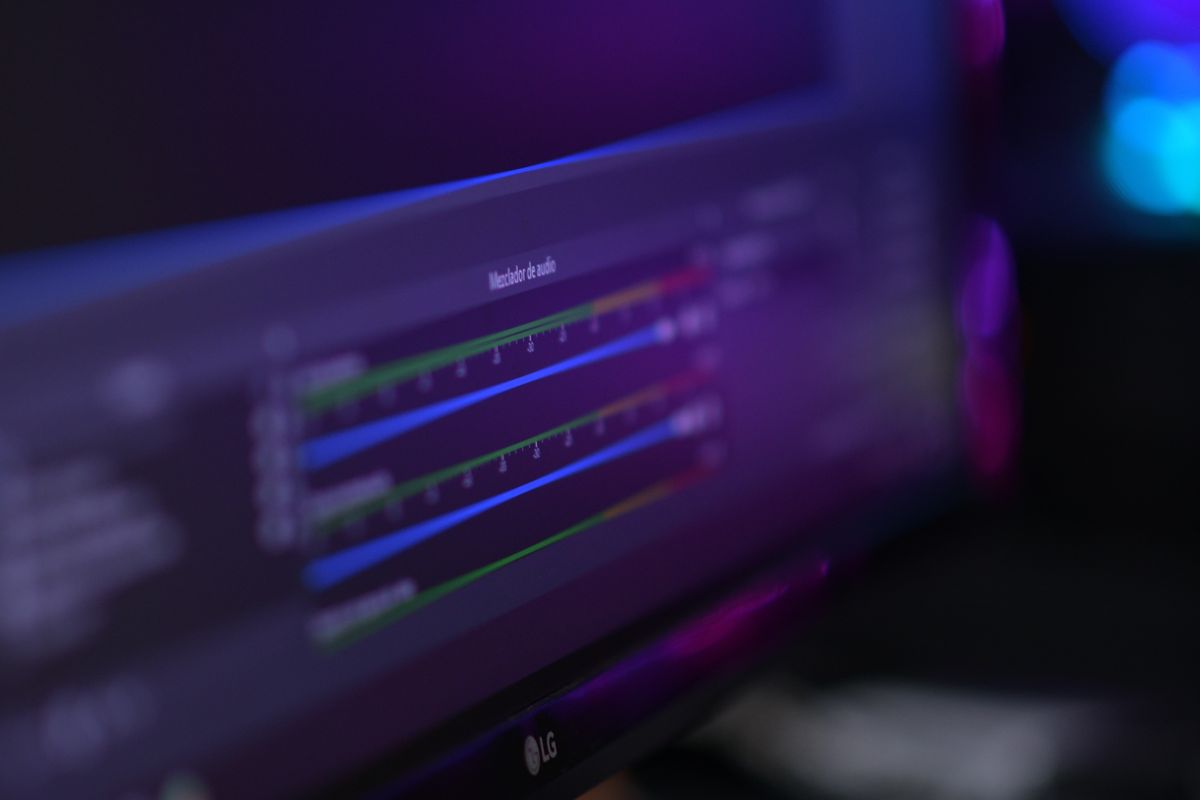OBS's new update will delight RTX 40 series graphics card owners

OBS Studio 29.1, the latest software update for video recording and live streaming, has just launched with exciting news for content creators. The next-generation video codec, AV1, has been included in this release, expanding its reach and giving users even more options for delivering high-quality video content. With support for AV1 streaming to YouTube over Enhanced RTMP, streamers can now enjoy reduced upload bandwidth requirements, making 4K60 streaming available to a wider audience.
GeForce RTX 40 Series GPUs are fully equipped with real-time AV1 hardware encoding, which is 40% more efficient on average than H.264, and delivers higher quality than competing GPUs. Even at higher resolutions, AV1 encoding is more efficient, making streaming 4K at 60 frames per second with 10 Mbps upload bandwidth possible, down from 20 Mbps with H.264.
See the comparison video by NVidia Studio below.
As a founding member of the Alliance for Open Media, NVIDIA has been at the forefront of developing the AV1 codec, working closely with industry leaders to push the boundaries of old video formats. The previous standard for live streaming, H.264, had limitations in terms of quality and was not suitable for higher resolutions. AV1 is changing the game by enabling creators to stream at higher resolutions with smoother frame rates, even in network-limited environments.
OBS Studio 29.1 allows you to capture your screen crystal clear
Support for AV1 on YouTube is made possible through the recent update to RTMP. The enhanced protocol also adds support for HEVC streaming, giving users access to new formats on the existing low-latency protocol used for H.264 streaming. Enhanced RTMP ingestion has been released as a beta feature on YouTube.
With NVENC, NVIDIA Broadcast, and GeForce RTX 40 Series GPUs, content creators can enjoy high-quality streaming with AV1 encoding support on the eighth-generation NVENC. NVENC offloads compute-intensive encoding tasks from the CPU to dedicated hardware on the GPU, making it easier for streamers to deliver higher-quality video.
Advertisement


















